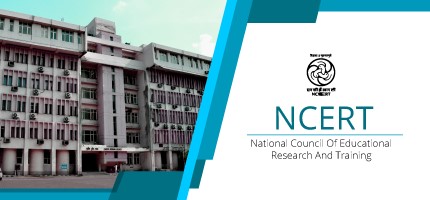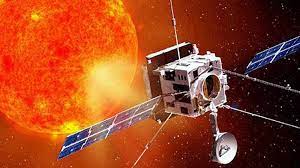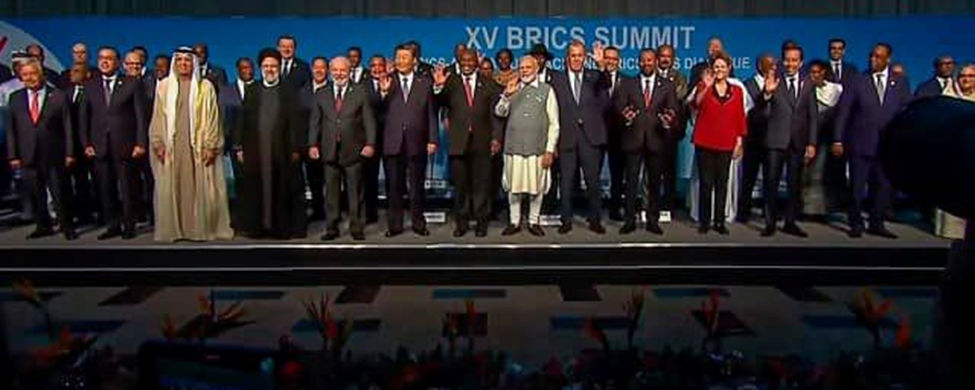In a revolutionary departure from tradition, the G20 Summit 2023 is established to redefine the global diplomatic landscape as it organizes in the vibrant and historically rich city of New Delhi on September 9-10 2023. With the theme ‘Vasudhaiva Kutumbakam — One Earth, One Family, One Future,’ this year’s summit is not just about policies and politics but also a profound reflection on humanity’s place in the cosmos.
It is Held at the Bharat Mandapam, which lies in the shades of the majestic India Gate, the stage is set for leaders of the world’s most influential nations to involve in deep, philosophical discussions inspired by ancient Sanskrit wisdom. The theme transcends borders, emphasizing the interconnection of all life forms on Earth and their place in the universe.
India’s presidency signifies not just a geographical shift but a philosophical one, as the country assumes leadership in an era where the line between geopolitics and spirituality blurs. The choice of ‘Vasudhaiva Kutumbakam’ as the summit’s guiding principle reflects India’s aspiration to bridge the gap between political power and spiritual wisdom, highlighting the importance of values and ethics in global governance.
The G20 presidency selection process, often obscured by diplomatic intricacies, underscores the intricate dance of international diplomacy. With India at the helm, it’s an opportunity for a nation known for its diversity to bring together the diverse voices of the G20 nations.
In the absence of a permanent secretariat, India’s role in organizing the summit goes further than logistics. It signifies a commitment to fostering a more inclusive and sustainable world. As the world watches, New Delhi will not only host discussions on economics and geopolitics but will also serve as the hope for global unity amongst us, environmental responsibility, and moral governance.
In a world tackling with unprecedented challenges, from climate change to pandemics, the G20 Summit 2023 in New Delhi carries the promise of a fresh perspective — one that transcends politics, embracing the spirit of ‘Vasudhaiva Kutumbakam’ as a guiding light towards a better future for all.












